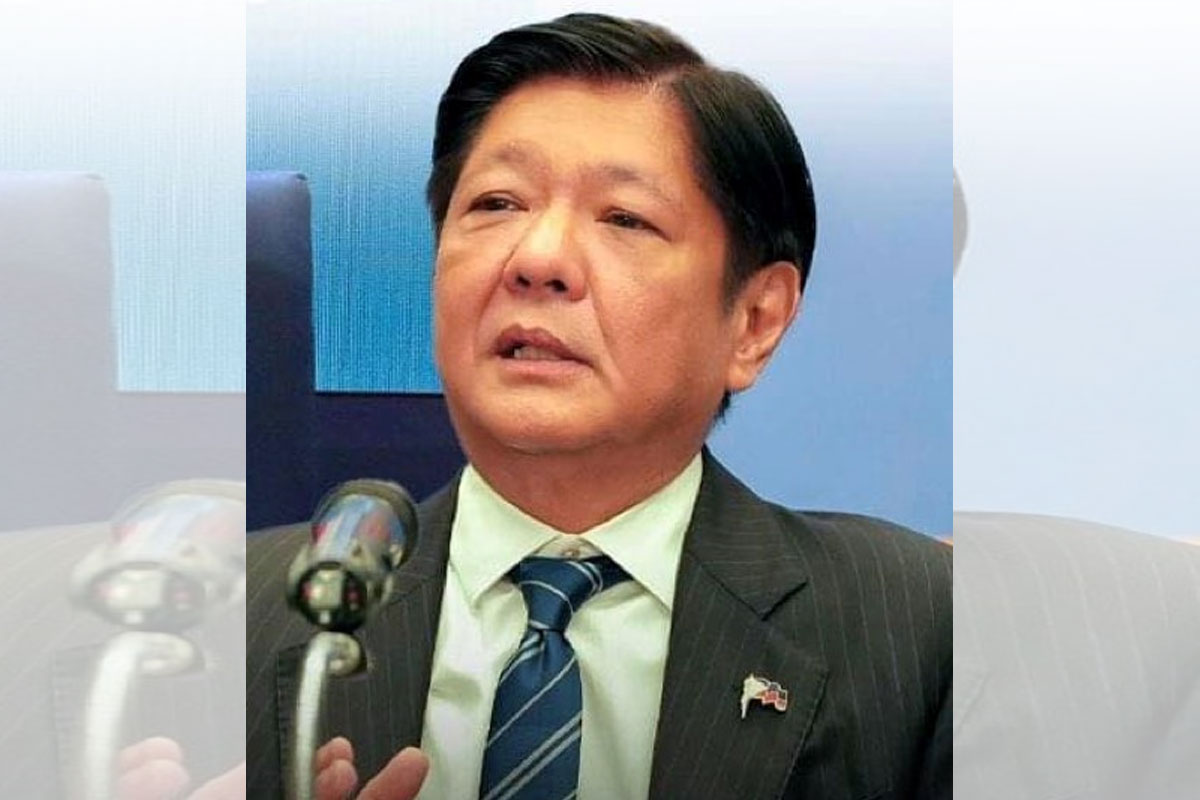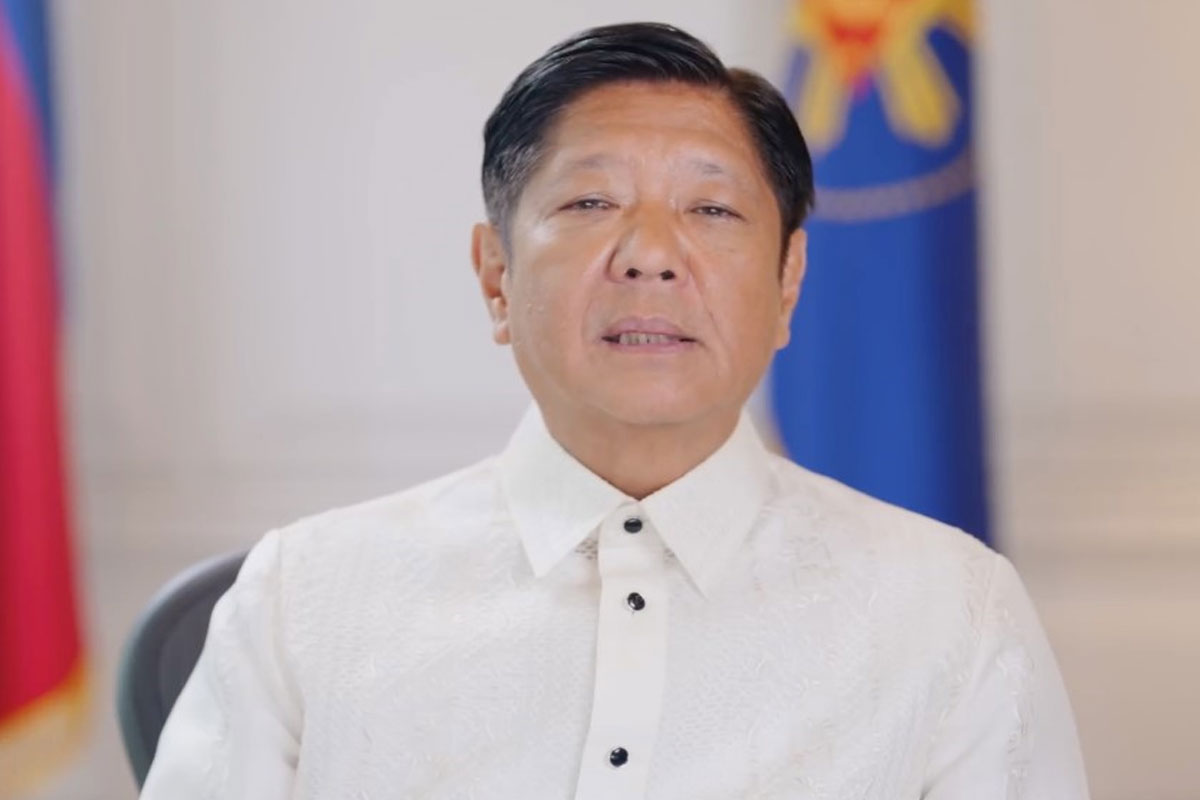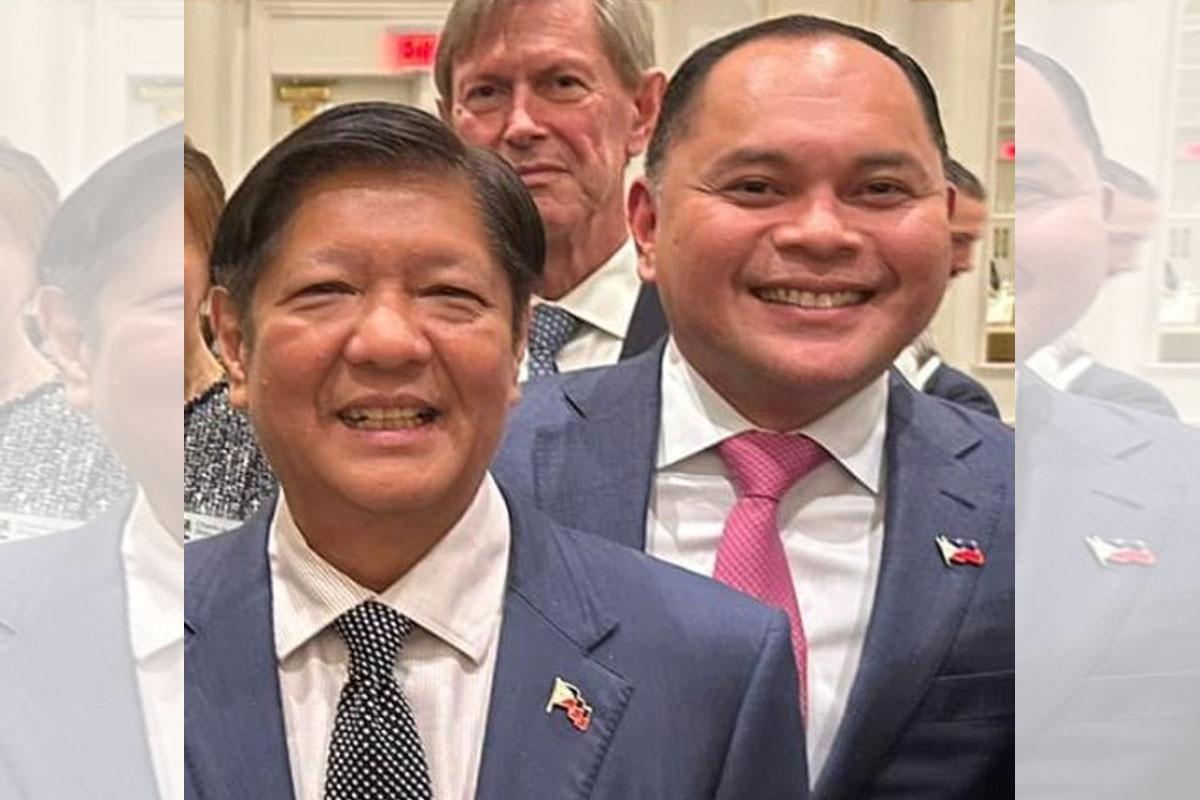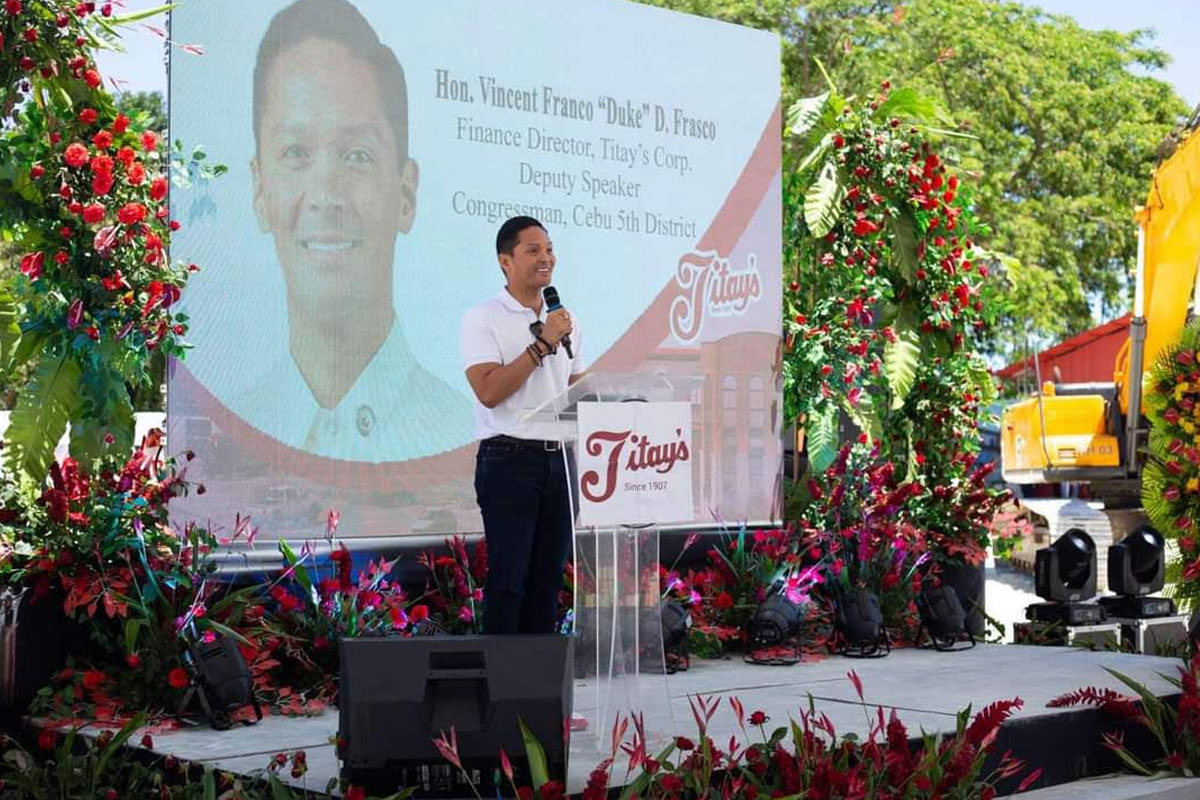
DENR to adopt low carbon electric vehicle technology
To cut greenhouse gas (GHG) emission and reduce air pollution in the country, the Department of Environment and Natural Resources (DENR) is set to adopt a low carbon, energy efficient electric vehicle (EV) technology.
DENR Undersecretary Analiza R. Teh said the project “Accelerating Adoption and Scale up of Electric Mobility for Low-Carbon City Development” will be funded by the Global Environment Facility (GEF)-7 with a $4.28 million grant and a counterpart from the Philippine government of $46.725 million.
Teh explained that they need to pursue the project since mobile transportation accounts for sizable chunk of GHG emissions and air pollution in the country.
Being GEF’s Operational Focal Point (OFP), the DENR is optimistic that the new project will be successful given collaborations on the development of a viable business model for EVs.
“It is a welcome development that we are one of 17 developing countries to deploy E vehicles at scale in support of air improved quality and reduced fossil fuel dependency,” said Teh during an inception workshop.
Teh stressed that it is important to develop a green transport technology that benefits the mass of people (like E jeepneys, E buses). She said that the Department of Energy (DOE) is being eyed to lead the implementation of the project with support from the United Nations Industrial Development Organization.
“We need to ensure that our project fits within a broader low (GHG) emission transport strategy that has public transport at its heart,” she said.
Teh further disclosed that both regulations and incentives will be established for the envisioned E Vehicle industry to become a reality.
“We can look at possibilities regarding emission regulations and incentives. We have to look at investing in charging (E vehicle charging stations like gasoline stations) infrastructure. We can look at opportunities for a future with limited auto pollution and clean energy alternatives,” she added.
The upcoming e-mobility project is expected to identify pilot cities to demonstrate the E vehicle industry’s viability. This so-called GEF child project is part of the United Nations Global E-Mobility Programme under which Pasig City receives support as one of the demonstration sites.
In selecting pilot cities, the four-year project will gather data and statistics on commuters’ profile, traffic jams, workers, previous deployment of 3-wheelers, and renewable energy generation.
“It is envisioned to have charging infrastructure and renewable energy installations in selected pilot cities (estimated 300 chargers supplied by PV (photovoltaic or solar energy) installations approximately15 megawatt) mostly targeting locations with large transport flows. Deployed infrastructure will be for private cars and the 2&3 wheelers (private and commercial light transport),” according to a project briefer.
The project’s first component will put up policies and institutional framework for the integration of the E-mobility program planning at local levels. Along with this is the integration in local planning for renewable energy and energy storage (batteries) in cities adopted.
It will also set up an accounting system for GHG emissions in the transportation sector. It will also come up with a master plan on EV (electric vehicle) charging (of batteries) infrastructure.
The second component is the development of business models for E-mobility. It will involve the private companies which are expected to venture in the new E vehicle industry. The GEF program will also extend financing to private companies. Therefore, they will be oriented regarding business models and creditworthiness.
The project will also explore other financing options for the entire EV-LCC program. There will be climate smart capital investment plans.
The third component involves deployment of the Ev technology eco-investments and infrastructure. This also includes renewable energy, energy storage, and deployment of two-three-wheeler vehicles. The entire energy technology system will tap both the public and private sectors.
The last component of the project is its scale up. Under this, more partnerships with the private sector investors will be put together.

















